14 Everyday Fears That Sound Serious—but Usually Aren’t
Everyone has a few odd worries that pop up from time to time. Some of these sound alarming on the surface, but rarely lead to any real danger. Most are leftover warnings from childhood or the result of overblown headlines. Take a look—these are the kinds of fears most people don’t really need to stress over.
Getting Sucked into Quicksand
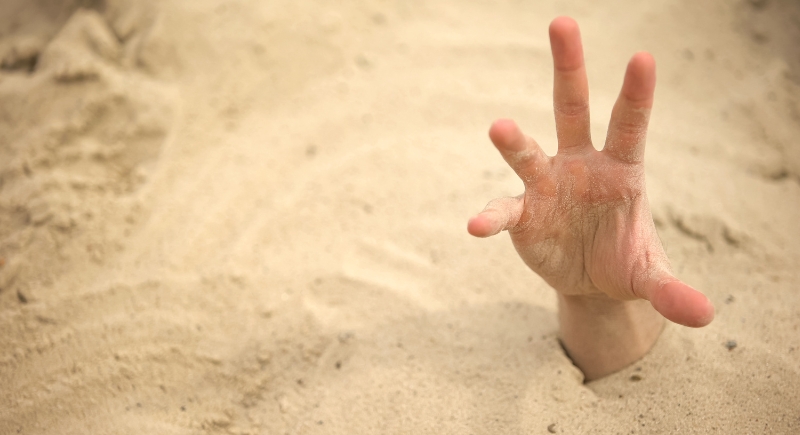
Credit: Getty Images
Quicksand can trap your legs, not your entire body, because it’s denser than you are, so you won’t sink completely. Floating and slowly moving to the surface actually works. Unless there’s rising water nearby, you’re not in grave danger.
Brain-Eating Amoeba
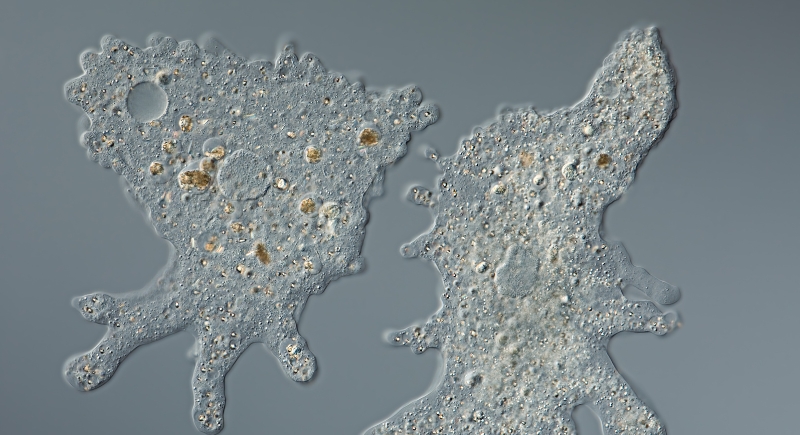
Credit: Getty Images
Naegleria fowleri infections are incredibly rare: fewer than five U.S. cases happen annually. You can’t get it from swallowing lake water; it has to go up your nose. It’s found in untreated, warm freshwater, not in chlorinated pools or saltwater. A simple nose clip when swimming in hot climates can almost eliminate this already tiny risk.
Elevator Free-Fall
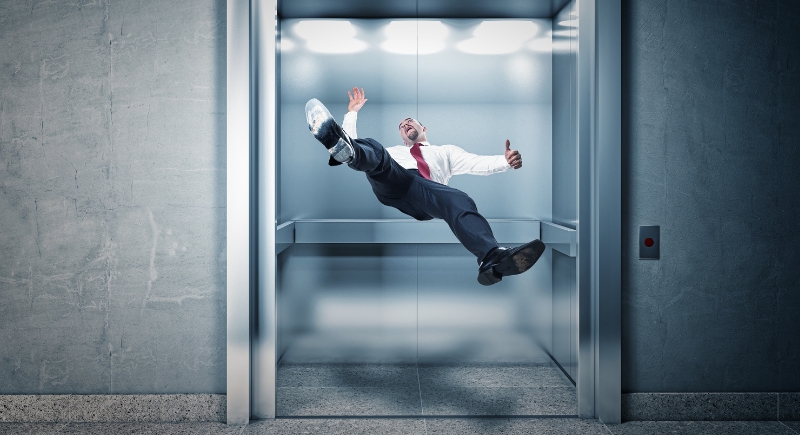
Credit: Getty Images
No one’s dropping through an elevator shaft. Today’s elevators have layers of backup cables and automatic brakes designed to catch the car long before it could fall. When accidents do happen, it’s usually a door issue or someone tripping, not a free-fall. The movie scenario doesn’t match reality.
Lightning Strikes
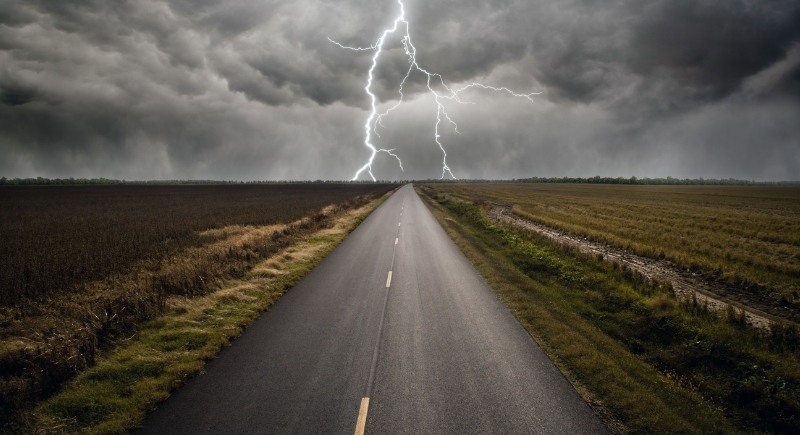
Credit: Getty Images
Lightning feels dramatic, but getting hit is highly unlikely—about 1 in 1 million per year in the U.S. Most lightning injuries happen because people ignore safety signs or stay outside during storms. And out of those who really become unlucky, 90 percent of victims survive.
Shark Attacks at the Beach

Credit: Getty Images
Movies like “Jaws” made everyone afraid to swim, but sharks aren’t lurking at every beach. In 2024, the International Shark Attack File confirmed just 47 unprovoked bites worldwide. Statistically, vending machines and selfies are claiming lives more than an encounter with this beast. Sharks, it turns out, have more to fear from us than the other way around.
Being Buried Alive
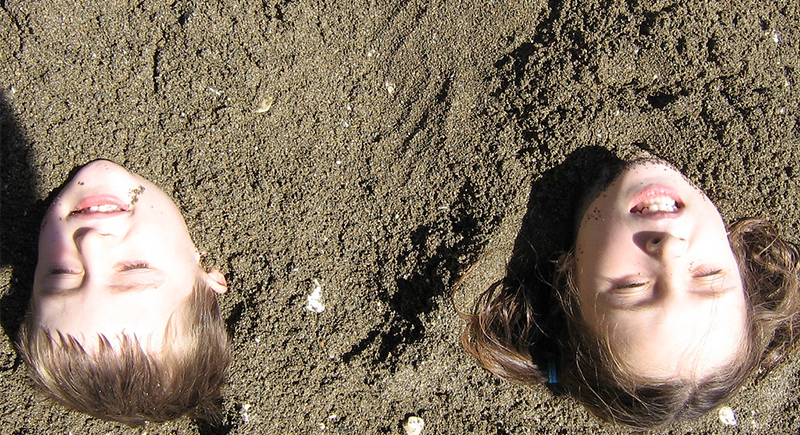
Credit: flickr
In the 18th and 19th centuries, this was a real concern, so much so that “safety coffins” were invented. But today, with embalming, hospital death protocols, and modern medicine, it’s not something to fear. Rare medical misdiagnoses do happen, but burial errors have practically vanished.
Flying in an Airplane

Credit: Getty Images
Flying triggers anxiety for many people, but statistically, it’s the safest way to travel. Planes are engineered to handle extreme turbulence, bird strikes, and lightning. Pilots train extensively for emergencies, and modern aircraft systems are highly redundant. Odds of a crash? About 1 in 11 million flights. Your trip through airport security is more stressful than the flight itself.
Asteroids Wiping Us Out

Credit: Getty Images
NASA monitors more than 30,000 near-Earth objects, and none currently pose a threat. Large-scale impacts are so rare that scientists estimate the odds of a civilization-ending asteroid at less than 0.3% in the next century. Most space rocks disintegrate in the atmosphere.
Eating Before Swimming Will Make You Drown
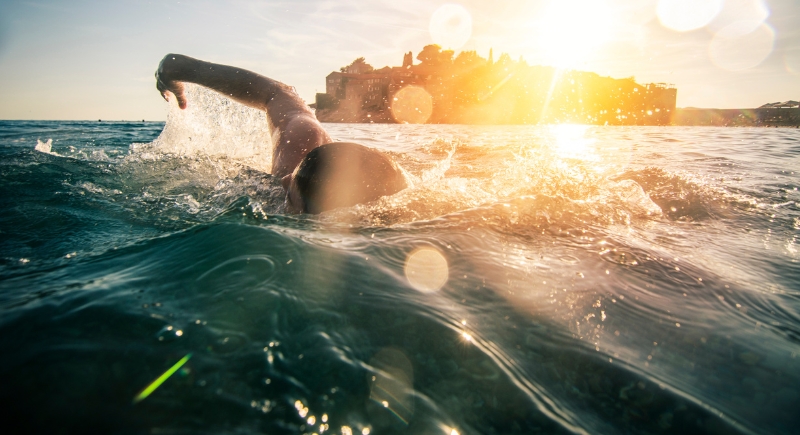
Credit: Getty Images
Despite what parents have repeated for decades, there’s no evidence that eating before swimming causes dangerous cramps. Digestion might make you feel a bit tired, but it won’t interfere with your ability to swim. The American Red Cross says it’s perfectly safe to jump in after a snack or even a full meal.
Using Public Toilets Will Make You Seriously Sick
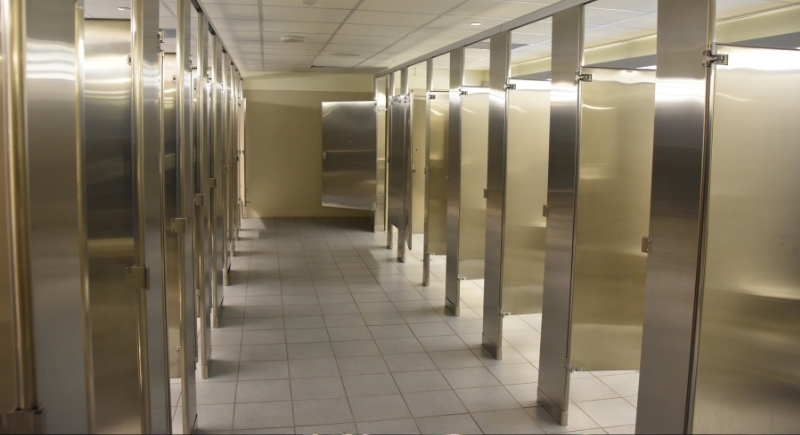
Credit: Getty Images
Toilet seats have a bad reputation, but they’re not where germs love to party. Most disease-causing bacteria don’t survive long on hard, dry surfaces. Infections typically require direct body contact or entry through wounds, not just skin-to-seat contact. You’re more likely to pick up germs from your phone or keyboard.
Microwaving Food in Plastic Will Poison You Instantly
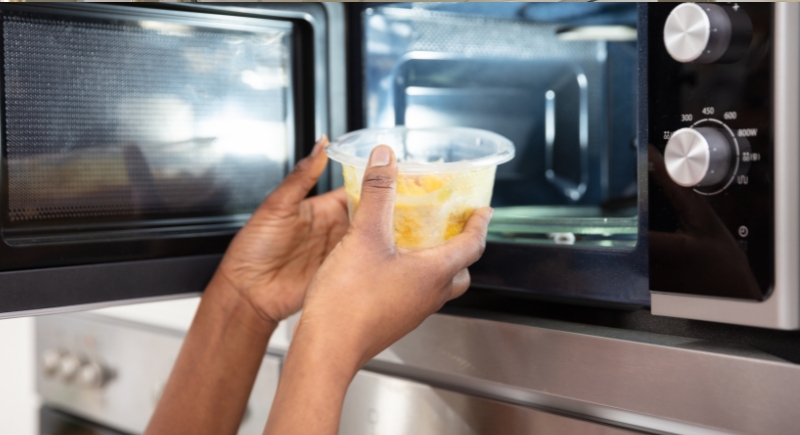
Credit: Getty Images
Using microwave-safe plastic containers is fine. The FDA regulates these products to ensure they don’t leach harmful chemicals into your food. The real issue comes from heating unapproved containers or worn-out plastic that’s cracked or melted. If the label says “microwave safe,” your leftovers won’t turn into a toxic meal.
Cracking Your Knuckles Causes Arthritis
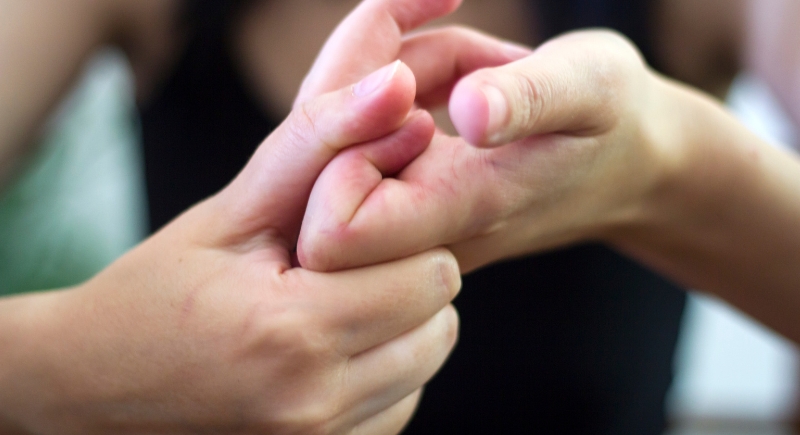
Credit: Getty Images
Cracking your knuckles might annoy everyone in the room, but it doesn’t damage your joints or cause arthritis. The noise is just gas bubbles popping inside the joint fluid. Long-term studies—even by people who only cracked one hand for decades—show no connection to arthritis. It’s harmless, just noisy.
Swallowing Gum and It Staying in Your Stomach for 7 Years
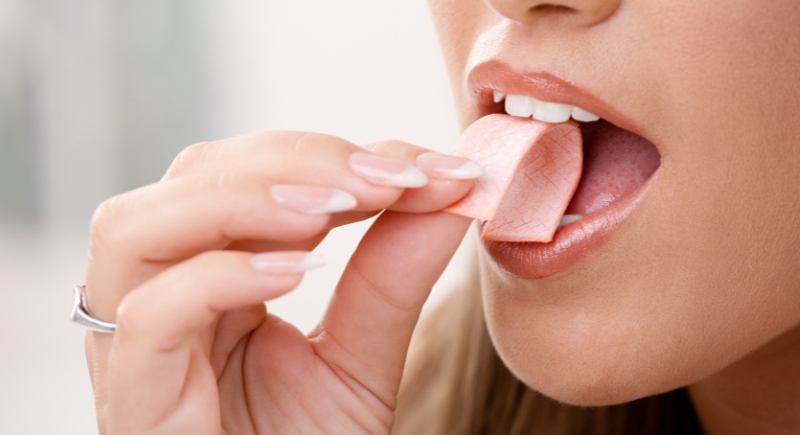
Credit: StockLite
Swallowed gum doesn’t cling to your intestines like cement. It’s indigestible, yes, but it passes through your system within a day or two, just like a corn kernel or a cherry pit. Only large amounts consumed frequently could cause a blockage.
Dropping Contact Lenses into Your Brain
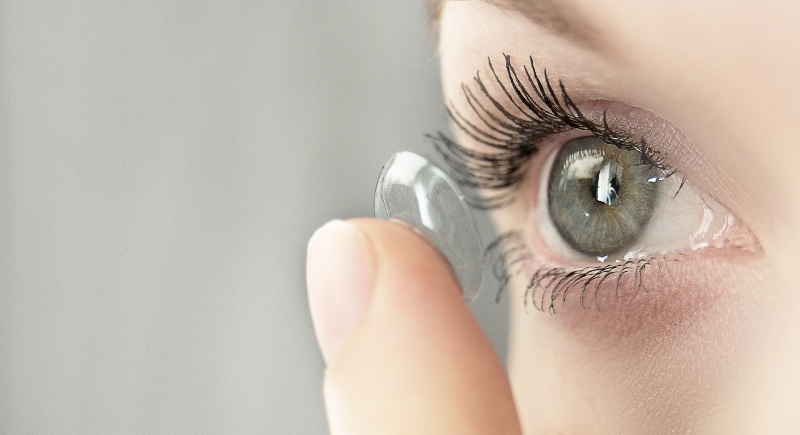
Credit: Getty Images
This fear makes no anatomical sense. A membrane called the conjunctiva blocks anything from passing behind your eye socket. Contact lenses may get stuck under your eyelid, but they can’t travel up into your skull. If it disappears, some saline and blinking usually bring it back. No surgery required.
Using Your Phone at a Gas Pump Will Start a Fire

Credit: iStockphotos
There are no confirmed incidents of a cell phone sparking a gas station fire. The warning signs you see are cautionary, not backed by actual events. The real risks come from static electricity, open flames, or ignoring safety instructions, not from scrolling while filling up your tank.